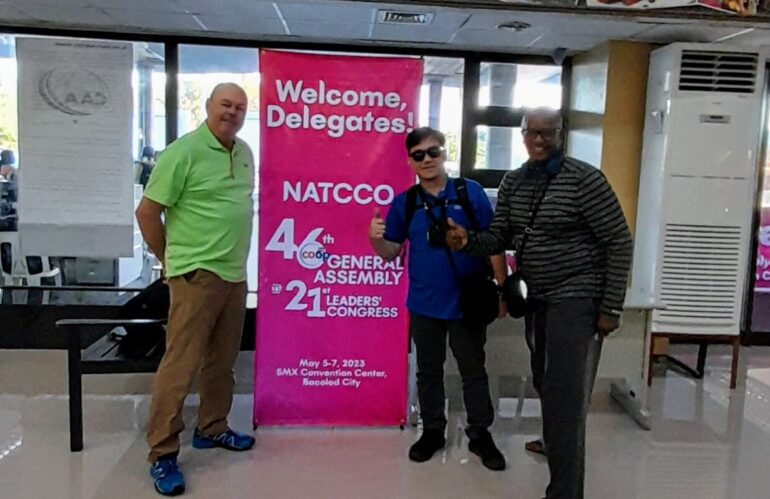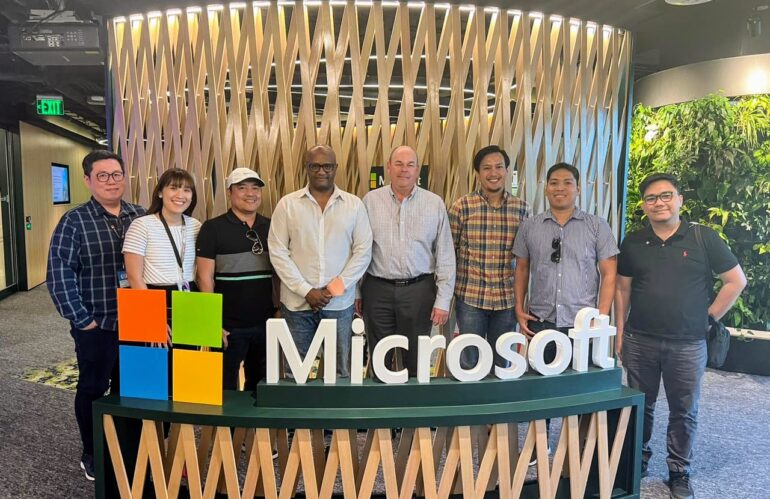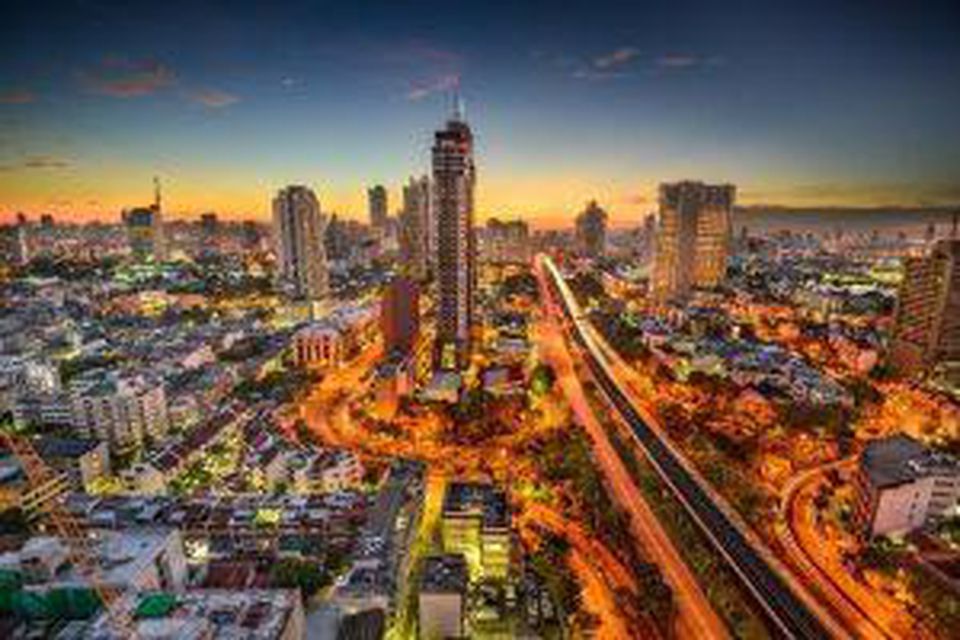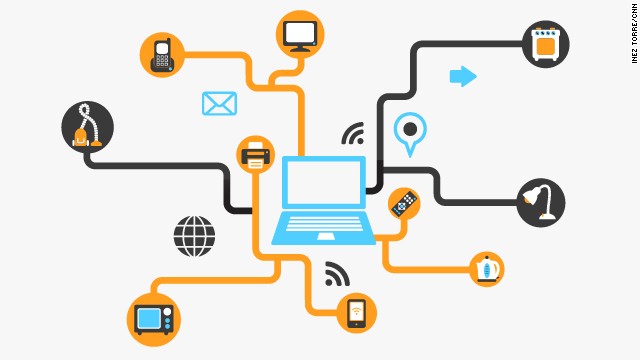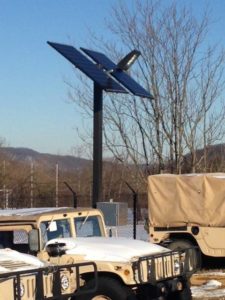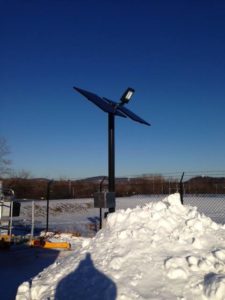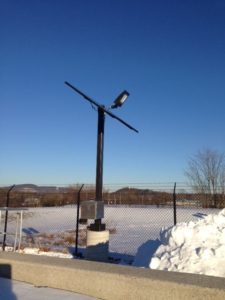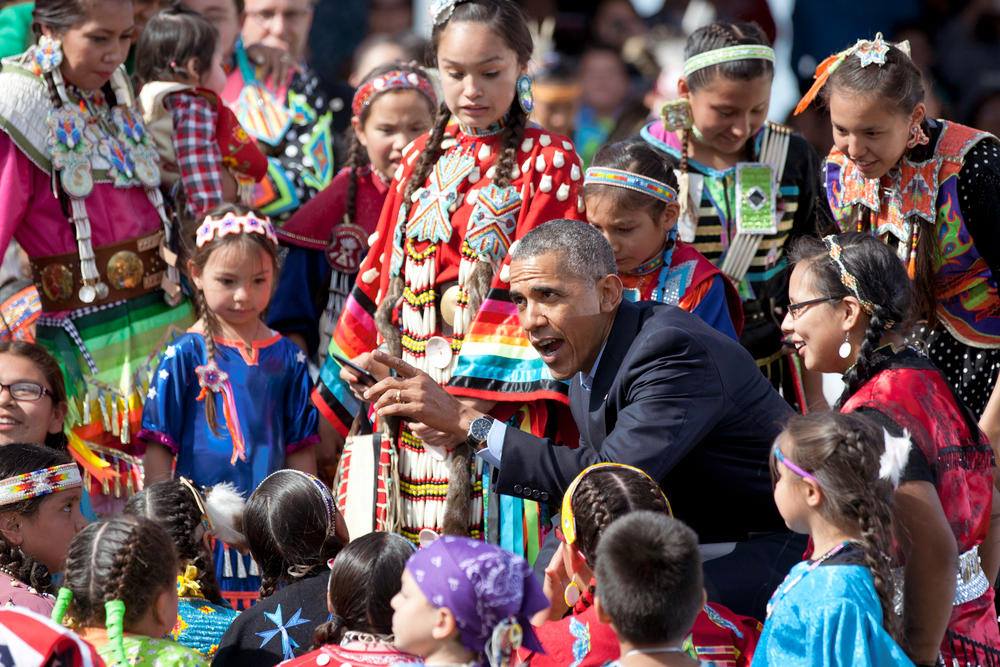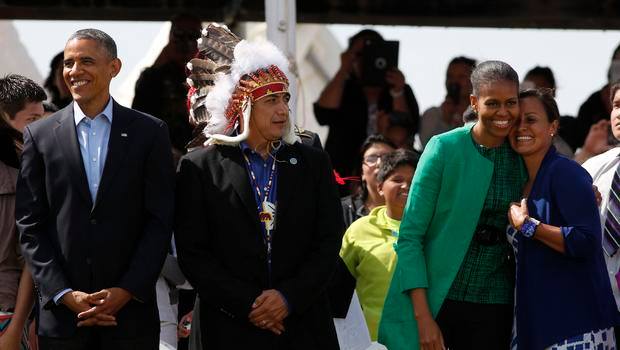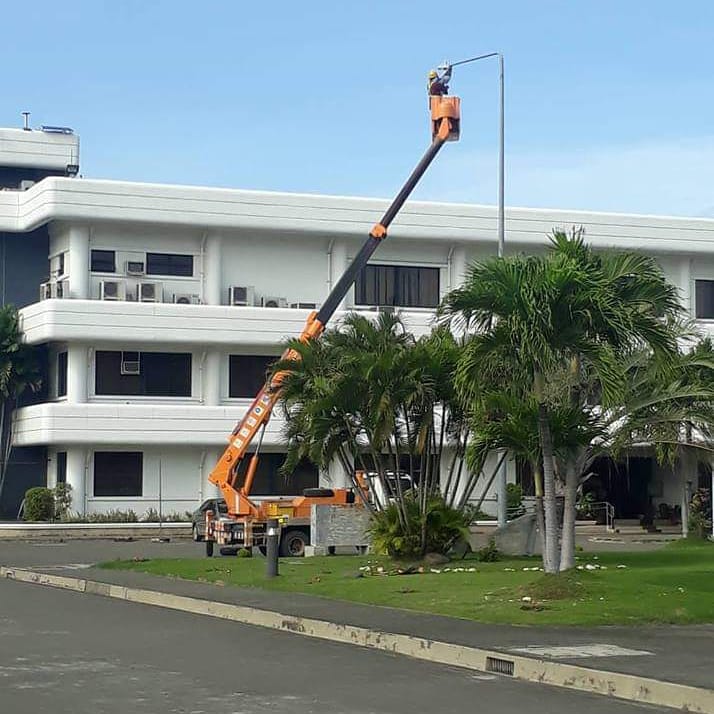Wonderful time at the NATCCO General Assembly and Trade Show. Met great leaders of the largest Cooperative in the Philippines. We have a number of innovative connections to pursue to greatly improve connectivity in the Philippines. #DisruptPhilippenes
C360 RCM Philippines with Microsoft
We are so excited about the opportunities which have been bestowed upon our team. As we endeavor to improve the lives of our BPO Agents via our BPO@Home and LEARN@Home Programs. Our Managing Director visits the Philippines for the first time to get the show on the road. #power2people
Demo Launch of Connected 360° Internet of Everything (C360° IoE) at Phividec Industrial Authority
 Looking to enhance security, data sharing and paperless information workflows we launch next Monday our Philippines endeavor. We thank CEO/Administrator and Visionary Atty Franklin Quijano for giving our team a chance to prove our capabilities on a grand stage. With the Industrial Summit coming to Cagayan de Oro on November 25th with Industry titans coming to share the Industrial 4.0 realities for growth.
Looking to enhance security, data sharing and paperless information workflows we launch next Monday our Philippines endeavor. We thank CEO/Administrator and Visionary Atty Franklin Quijano for giving our team a chance to prove our capabilities on a grand stage. With the Industrial Summit coming to Cagayan de Oro on November 25th with Industry titans coming to share the Industrial 4.0 realities for growth.
“Knowing the distruptive capabilities of software on workflows with addition of Artificial Intelligence, Data Mining and Analytics based on my teams efforts in healthcare with what is known as www.mmodal.com and www.nuance.com we look forward to affecting security, egovernmence and general corporate data management” stated James McCorkle CEO and founder of the cloud software platform.
Stay tuned for more.
What do We Mean by Sustainable Infrastructure?
By IADB Ciudades Sostenibles March 3rd 2015
Link: https://blogs.iadb.org/ciudadessostenibles/2015/03/03/mean-sustainable-infrastructure/
Have you ever seen a building in your hometown that was never finished due to insufficient money? Have you suffered power outages due to hurricanes or flooding? Are there communities in your country fighting against infrastructure developments in their towns? These are only a few examples of the problems that can arise when infrastructure is built disregarding the risks involved and ignoring the potential impacts on and perceptions from society.
Countries around the world are confronted with the challenge of satisfying their citizens’ demand for high-quality infrastructure services, while facing severe fiscal constraints. The importance of infrastructure sustainability has gained increasing room in the global discussion. Indeed, infrastructure sustainability is at the core of the global sustainable development agenda: 6 out of the 17 preliminary Sustainable Development Goals expected to be launched next September, deal directly with infrastructure. While the concept of sustainable infrastructure has been traditionally associated with building environmentally sound, or “green” infrastructure, it becomes increasingly evident as each day passes that it reaches well beyond the environmental dimension.
Although there is no final consensus on what sustainable infrastructure entails – as evidenced by the multiplicity of rating and assessment schemes produced in the past few years – there is some agreement with the idea that a comprehensive approach to sustainability should seek to devise infrastructure that is tailored to local social, economic and ecological environment and caters the need for infrastructure services in the most effective and efficient way. This requires not only assessing and addressing environmental risks. Sustainability also requires assuring financial resources to maintain infrastructure over its entire lifespan, considering users’ preferences and needs in the design (for maximum effectiveness), and understanding the institutional and political dynamics in order to guarantee projects’ endurance through the political cycle.
The recently approved IDB Infrastructure Strategy has a strong focus on providing Latin American citizens with broad access to high-quality public services, through the use of infrastructure that is properly planned and maintained to assure its environmental, social, and fiscal sustainability.
The IDB has made significant progress in incorporating sustainability principles into its operations. For example, the Reventazón project, a hydropower plant being built in the Limón Province of Costa Rica, includes an aquatic biodiversity offset and connects different jaguar habitats with a dedicated “Jaguar Corridor”. With these and other measures it was not only possible to limit the negative impacts on regional biodiversity but even to provide net gains for biodiversity. It is Central America’s biggest renewable energy project, and once completed, the plant will account for about 10 percent of Costa Rica’s total electricity installed generation capacity.
Our Emerging and Sustainable Cities Initiative is helping fast-growing cities to develop a holistic and long-term view to infrastructure planning: an Action Plan with specific urban interventions is designed, on the basis of detailed diagnostics of cities’ urban development needs, and their environmental, fiscal and governance situation.
The Transjamaican Highway corridor was built using an integrated quality, safety and environmental management system certified by international standards and improved connectivity between the capital city and the western and central regions of Jamaica. The project included: housing for fisherfolk families; installation of solar lights, noise barriers, flood protection, and storm drain systems; the creation of a biodiversity learning center; and a mangrove restoration strategy.
The IDB has launched several initiatives that seek to promote sustainable practices, both inside and outside Bank operations: the Climate Change Strategy, the Biodiversity and Ecosystem Services Program, the Infrastructure 360° Awards, the AquaRating Tool, the Regional Environmentally Sustainable Transport Action Plan (REST-AP), the Agrimonitor database, the Energy Innovation Center, the Shared Value Initiative, and the Greenovators Contest.
We are very interested in hearing your thoughts on this topic: What is your take on Sustainable Infrastructure? Are there any projects out there that you consider as good examples of sustainability? Please share your ideas with us completing this survey. We look forward to hearing from you!
Tomas Serebrisky is the Economic Principal Advisor for the IDB’s Infrastructure and Environment sector. Tomas has a PhD in Economics from the University of Chicago.
Maricarmen Esquivel is Climate Change Sr. Associate. Maricarmen has a Masters in Urban and Environmental Planning from the Massachusetts Institute of Technology and a Masters in Environment and Development from the London School of Economics.
Maria Cecilia Ramirez is a consultant at the IDB’s Infrastructure and Environment sector. Maria Cecilia has a Master’s in economic theory from Paris School of Economics and a Master’s in Public Administration from Columbia University.
From Connected Street Lights To Smart Cities (Chicago)
Forbes Energy #Economy
APR 6, 2018 @ 12:18 PM
By Eric Woods
Chicago’s program to replace 270,000 city lights over the next four years with LEDs and intelligent controls is a good example of the growing scale and ambition of street lighting projects. This initiative could eventually save Chicago $10 million a year in energy costs.
The latest edition of Navigant Research’s Smart City Tracker includes smart city projects in 221 cities, a quarter of which are deploying smart street lighting ranging from initial pilots to citywide and regional deployments that span tens and even hundreds of thousands of lights. This is far from an exhaustive list of street lighting projects, but it is a further sign of the growing momentum behind the deployment of connected lighting solutions in cities. Navigant Research expects 73 million connected street lights to be deployed globally by 2026.
First Step Toward the Future
Smart street lighting is being recognized by many city leaders as a first step toward the development of a smart city. In addition to increasing the energy efficiency of the city and reducing energy costs, carbon emissions, and maintenance costs, intelligent lighting can also provide a backbone for a range of other city applications, including public safety, traffic management, smart parking, environmental monitoring, and extended Wi-Fi and cellular communications.
However, while an increasing number of cities are recognizing the value of upgraded lighting networks, there are still financial and organizational barriers to be addressed, including:
Finance: Although the energy savings from street lighting upgrades is well proven, it can still be a challenge for many cities to approve financial packages for the necessary upfront investment. The pragmatic benefits and long-term cost savings of deploying intelligent controls at the same time as upgrading to LEDs are not always easily fitted into existing approaches to procurement and financing.
Customer understanding: A lack of understanding of newer lighting technologies may also be a barrier to the adoption of LEDs and networked solutions. While the LED lighting market is getting over this hurdle, controls lag further behind since customers are less familiar with these technologies. The issue is not about quality, but rather a lack of knowledge about the business case for the additional benefits intelligent lighting brings, particularly for secondary applications.
Utility-owned street lights: Where street lighting is provided by a utility, building the business case for energy efficiency may depend on the incentives set by regulators. This means that some utilities have been reluctant to invest in lighting network upgrades. However, attitudes are changing due to the pressure to reduce carbon emissions and to recognize street lights as an asset and potential revenue source. Indeed, many utilities now see street lighting as a pathway to a range of new service offerings while they look to opportunities in the Energy Cloud.
In a forthcoming Navigant Research webinar, From Connected Street Lights to Smart Cities, I will discuss current trends in smart street lighting with Troy Harms and Terry Utterback from Acuity Brands and Dan Evans from Itron. We will be discussing how intelligent street lighting can provides a platform for urban innovation, and how leading cities are addressing some of the remaining barriers.
Super-Local Broadband May Be The Best Way to Preserve Net Neutrality
From: https://futurism.com/local-broadband-preserve-net-neutrality-aclu/
Water electricity, internet: Three things that Americans can increasingly not live without. Recently, though, that last item has seemed under threat. Earlier this year the FCC repealed net neutrality, allowing U.S. internet service providers (ISPs) to control the price of broadband speed and threatening equal access to information, education and other essential online services. The battle may seem lost. But the American Civil Liberties Union (ACLU) has a plan to fight back.
In a recent report shipped to 100 mayors in 30 states, ACLU makes the case that, instead of leaving internet in the hands of private companies, it should be the concern of local administrators.The report points out that the move would be perfectly legal, too. “Nothing the FCC has done prevents a city, county, or town from directing its own, municipally run service to honor strong network neutrality and privacy policies,” it reads.
Empowering cities to run their own internet networks could help bypass the power of private corporations, but has other important benefits, too. According to a report by the consulting firm Economist Incorporated, over 56 million households in the country don’t have access to high-speed broadband. That’s partly because many communities are too small and remote to be a good investment for ISPs.
Take the village of Pinetops, North Carolina. According to Motherboard, the town of 1,300 people had a long legal struggle with Big Telecom and eventually won the right to keep its municipal broadband — until a private company decided to step in and offer the same service. In remote communities, people don’t mind paying for internet access: “We had it and they wanted to take it away,” Suzanne Coker Craig, a local commissioner and business owner told Motherboard. “Our folks are very excited to have it back.”
At the core of ACLU’s call for action is the idea that internet access is a democratic right. “Municipal systems should be built to serve all residents equally,” the report says, “even though the demands of affluent neighborhoods might be louder than others.” If Pinetops’ experience is anything to go by, the idea is sure to face some stern opposition from private ISPs.
But the case is strong for cities to take the lead, and the successful examples, many of which are of conservative communities, speak for themselves: “They’re reaping the benefits of local control over what has become an indispensable utility,” Jay Stanley, one of the ACLU’s report authors, wrote in a blogpost. “Other cities would be wise to consider taking a similar path.”
C360 and Beyond Organix Launch Energy Efficient Controlled Environment Agriculture (CEA)
After nine years and a committed team effort:
- Obi Donohue – founding team member of Seeds of Change and the provider of Columbia University’s Organic Farming Genetics.
- Tony Swansson – aerospace enginger, former Boeing lead program manager for security and complex systems.
- Alok Bhatnagar – GE Six Sigma Blackbelt and private equity fund managing partner.
Have teamed up with C360’s Smart Farming Brand, Beyond Organix, to provide a select set of customers with our leading technology for indoor and outdoor controlled environment farming. Our systems are at least 30% to 60% more energy efficient than greenhouses and 10 times more efficient than traditional farming. We also have an IoT application which reduces 50% of the cost of fertilizer and water for outdoor crops and 98% less water foe indoor crops.
“Today is a wonderful day after a long and difficult road less travelled, but perseverance and a belief in our gut that we could make a difference makes this more than worth it…” from James McCorkle, the Chief Technology and Business Development Officer. “Now that we are situated for global growth with production in the Philippines, India and the US as well as sales in our target markets in Asia, Europe and North as well as South America. We can enhance Food Sovereignty for so many in need.
Off Grid Street Lights, Security and more…
On our 3 year anniversary of relaunching Standing Rock Telecom we launch our Municpal Broadband Practice globally
Deploying the broadband internet and making the 4G LTE cellular network infrastructure possible for www.standingrocktelecom.com is of the most entrepreneurial spirited projects completed by our team for www.tribalinx.com. We learned a lot with the management of our second Telco besides supporting the Municipal Broadband Network Tacoma, Click! Network.
James McCorkle
EVP of Sustainability
We are moving to PHIVIDEC to launch for JOBS, JOBS, JOBS
“We are please to move our operations to the industrial confines of the longest running Government Owned and Controlled Corporate (GOCC) complex in the country. To create jobs in our three tiered focus to expansion in the Philippines:
- Internet Expansion for Public Health, Safety and eGovernment with the support of Metro Mayors and Governors for Municipal Broadband
- Energy as a Service for the residential developers, communities and corporate businesses wanting to have sustainable lower cost energy without having to put up with the hassle of owning and support new and innovative energy technologies
- Vertical Farming with our Beyond Organix Technology that is proven and can be applied both indoors and outdoors.
Thanks Administrator Quijano for the invitation to work across Mindanao, Visayas and Luzon. We look forward to driving innovation, stronger communities and directing an influx of investment through our relationship.”
James McCorkle CEO of C360°

